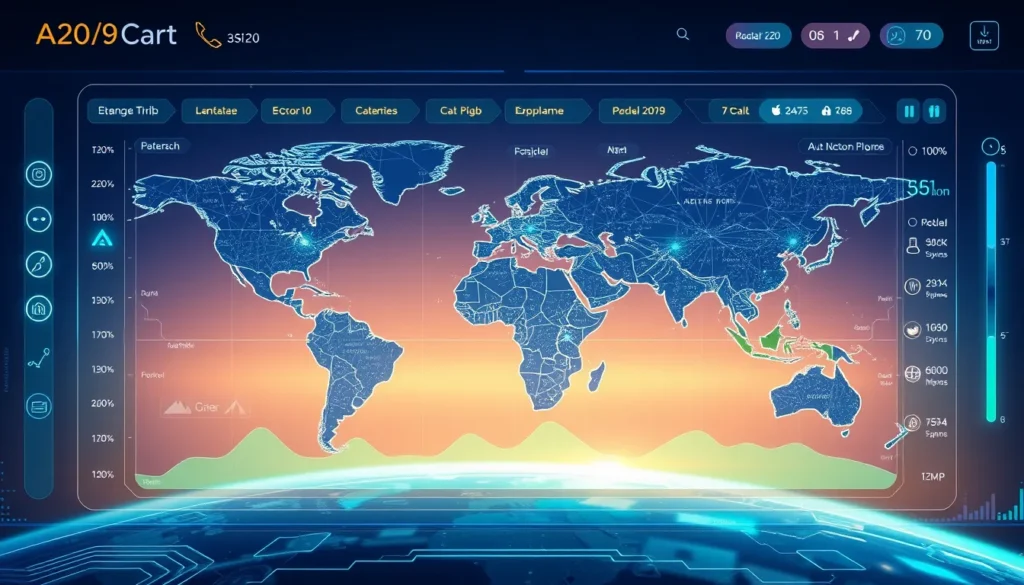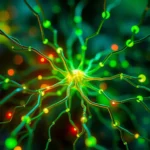Now Reading: Powerful AI in Healthcare Diagnostics: Boosting Patient Care
-
01
Powerful AI in Healthcare Diagnostics: Boosting Patient Care
Powerful AI in Healthcare Diagnostics: Boosting Patient Care

Powerful AI in Healthcare Diagnostics: Boosting Patient Care
In recent years, the rapid integration of artificial intelligence (AI) into healthcare has set the stage for transformative changes in diagnostic methods. AI in healthcare diagnostics is not only advancing medical imaging but also significantly improving the accuracy of patient diagnosis. This article delves into how AI technology is reshaping diagnostic procedures, enhancing patient outcomes, and paving the way for futuristic healthcare solutions.
The Rise of AI in Healthcare
The evolution of AI in healthcare has been remarkable. As businesses and medical institutions increasingly adopt advanced software and machine learning algorithms, the potential for more accurate diagnostic procedures grows. AI medical imaging systems, for instance, analyze complex data sets with exceptional precision, assisting doctors in identifying subtle indications of disease that might be missed by the human eye.
Major innovations include:
- Enhanced image analysis with deep learning algorithms
- Improved early detection of diseases
- Tailored treatment plans based on predictive analytics
Healthcare providers are now investing in these technologies to increase efficiency and reduce human error. With AI’s capacity for processing massive amounts of data, many hospitals now report more accurate and timely diagnoses, especially in fields such as radiology and pathology.
Improving Diagnostic Accuracy Through AI
The primary benefit of AI in healthcare diagnostics lies in its ability to improve diagnostic accuracy. How AI improves diagnostic accuracy is a common query among both healthcare professionals and patients. Advanced diagnostic tools based on AI are capable of identifying intricate patterns in medical imaging that are often too subtle for conventional methods.
For example, AI systems can compare thousands of images in seconds to pinpoint anomalies, a task that would otherwise take human experts several hours. This improvement not only enhances the patient experience by enabling faster treatment decisions but also reduces the burden on healthcare professionals.
Key advantages include:
- Reduction in diagnostic errors
- Enhanced predictive analytics for disease progression
- Optimized treatment selection based on patient-specific data
Furthermore, AI disease prediction models are now being developed to foresee potential health crises. By analyzing historical data and combining it with real-time patient information, these models can provide insights into emerging health risks, thereby offering a prophylactic advantage.
Integrating AI into Healthcare Systems
The journey to fully integrating AI solutions into healthcare systems comes with its own set of challenges. While the benefits are clear, the transition requires robust investments in both technology and training. Medical professionals must adapt to these new systems, and institutions need to ensure that data privacy and security protocols are strictly maintained.
Steps involved in integration include:
- Procuring advanced diagnostic software
- Training staff to handle and interpret AI output
- Establishing strong cybersecurity measures to protect sensitive patient data
For instance, leading healthcare providers such as Mayo Clinic and Cleveland Clinic have embraced these technologies, allowing them to streamline operations and deliver more effective care. In addition, collaborations between tech giants and healthcare institutions have accelerated innovation in AI-based diagnostics.
Challenges and Considerations
While AI offers numerous advantages in healthcare diagnostics, it is important to understand and address its challenges. Some of the major considerations are:
- Data Privacy: Ensuring that AI systems comply with regulations such as HIPAA is paramount.
- Algorithm Bias: There is a need to continuously monitor and adjust algorithms to minimize potential biases in diagnosis.
- High Implementation Costs: Initial investments can be significant, particularly for smaller healthcare providers.
Addressing these issues is critical to successful AI implementation. Continuous training, rigorous testing, and adherence to regulatory standards are essential measures that institutions must implement as they transition to AI-driven diagnostics.
The Future of AI in Healthcare Diagnostics
Looking ahead, the potential for AI in healthcare diagnostics appears boundless. Innovations such as real-time data analysis, wearable health monitoring devices, and cloud-based diagnostic tools are poised to revolutionize patient care. These advancements will likely reduce wait times for diagnostics and further lower the risk of misdiagnosis.
Emerging trends include:
- Increased collaboration between technological companies and healthcare organizations
- Broader acceptance of AI diagnostic tools in rural and under-served areas
- Development of more sophisticated algorithms with a focus on personalized medicine
External resources such as the official website of Mayo Clinic and Cleveland Clinic offer in-depth insights into ongoing AI research and integration strategies. They also highlight case studies that illustrate the transformative impact of AI in diagnostics.
Conclusion
In summary, the rise of AI in healthcare diagnostics represents a major leap forward in the field of medicine. By significantly improving diagnostic accuracy, reducing error rates, and offering predictive insights into patient health, AI is reshaping how diagnoses are made and treatments are planned. Although challenges such as data privacy and cost implications exist, the benefits far outweigh these drawbacks.
Healthcare institutions worldwide are taking proactive steps to integrate AI tools into their diagnostic processes. With ongoing technological advancements, the future of AI in healthcare diagnostics is both promising and exciting. As this revolutionary technology continues to evolve, patients can look forward to more precise, timely, and personalized care.
By embracing these changes and overcoming current challenges, medical professionals are not only enhancing patient outcomes but are also laying the groundwork for a more advanced, technology-driven future in healthcare.
This article reinforces the significance of using AI in healthcare diagnostics for improved patient care and offers insights into the transformative potential of these technologies. The journey is ongoing, and as AI continues to mature, its integration into healthcare will undoubtedly become more seamless and impactful.

























